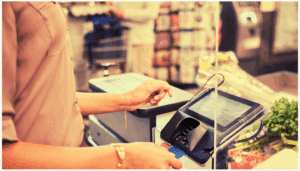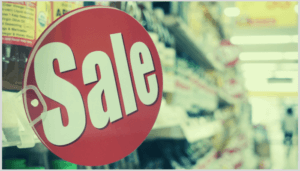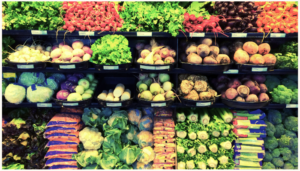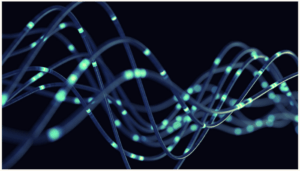Boost Retail Strategy with These 3 Data Visualization Types
Reading Time: 6 Minutes
Being a pricing or promotions professional for a leading retailer can be a thankless task.
The amount of data in which you consume and analyze grows exponentially as well as the demands for answers that are placed upon you by various stakeholders. Often, the data is not optimized or accessible, and the tools that you have at your disposal are archaic or ill equipped to handle your requirements.
We hear your pain! We want to share one way that you can score points with your boss.
Data visualization.
Great tools like Tableau, Domo, or Qlik have been around for a while, and you are no doubt aware of their ability to transform massive volumes of data into actionable insights.
Our solution is integrated with Tableau and retailers greatly benefit from its capabilities.
We’re sharing 3 common visualizations that have proven to be impactful in a retail setting and how they can convey valuable insights that you might be looking to share.
The Scatter Chart
This is a true workhorse, especially if you are looking to show the overall relationship in a large amount of data.
It’s a great way to summarize data with two variables.
One useful application in a retail setting is to map out profit and sales by store in order to quickly determine which stores are driving the most value. If you want to add a third variable you can upgrade to using a Bubble Chart. This is useful when comparing items in terms of their relative value, size, or position.
The example below graphs pasta and sauces by volume, elasticity, consumer price index (CPI) and even squeezes in a fourth variable in revenue. This is very helpful in understanding things like which categories are performing above/below expectations or where the best revenue or profit opportunities can be uncovered.
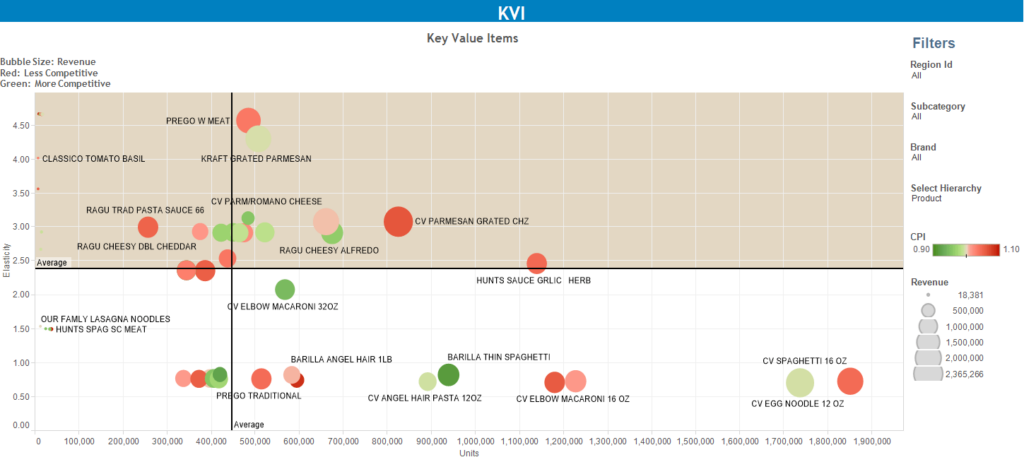
Box Plot
A box plot is very useful to show the distribution of a data set.
You can configure lines, called whiskers, to display all points within a defined range (or all points at the maximum extent of the data).
It can be used by analysts to visually display the range of prices a product might have across a region by competitors.
Opportunity Curve
You might remember this from your economics course, and it can be a little more difficult to chart out, but it is a very powerful way to visually demonstrate where you currently stand relative to potentially more efficient alternatives.
When you know the elasticity of your products this can be very helpful in determining the most efficient price in terms of profit or revenue optimization.
This is just the start!
Data visualization is a powerful way to illustrate meaningful trends and insights.
It plays a valuable role in summarizing trends or findings for executive dashboards.
In short, time is short, we are taught to cut to the chase, and data visualization can quickly get to the point of the matter without the additional time required to explain and present information the old-fashioned way.
The Latest Insights – Straight to Your Inbox
Sign up for the ClearDemand mailing list for actionable strategies, upcoming events, industry trends, and company news.






